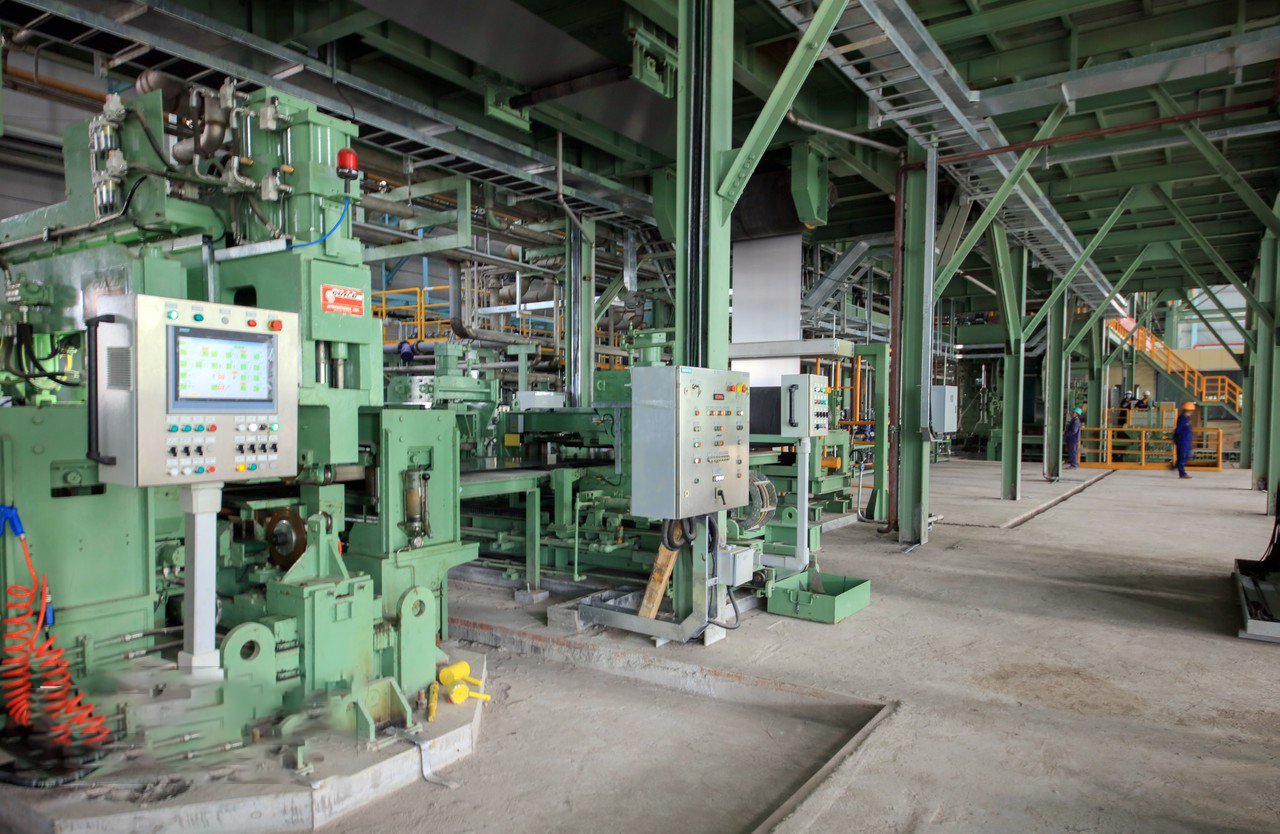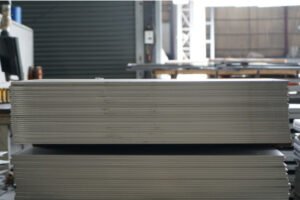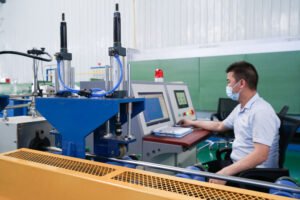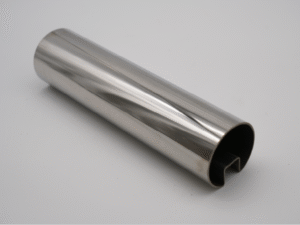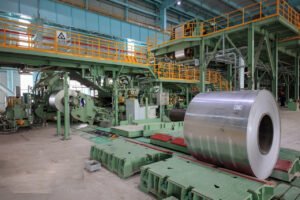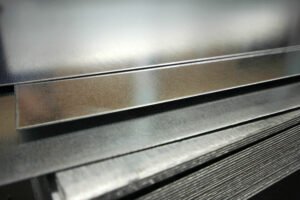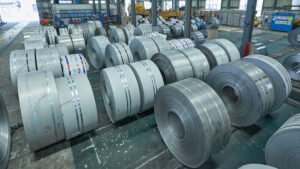Pitting vs. Crevice: Identifying and Mitigating Stainless Steel Corrosion Risks
Unseen corrosion threatens your stainless steel assets. This can lead to unexpected, catastrophic failures. Understanding the key differences is the first step to ensuring long-term structural integrity.
Identifying and mitigating pitting versus crevice corrosion requires understanding their distinct causes. Pitting is a localized attack on open surfaces due to chemical breakdown, while crevice corrosion occurs in shielded gaps due to stagnant conditions. Mitigation involves strategic material selection and improved design.

As the Global Business Director at MFY, I've seen firsthand how these two forms of localized corrosion can compromise even the most robust projects. They are silent threats, but they are not unbeatable. The key is to know your enemy. By breaking down how each type of corrosion works and the specific strategies to combat them, you can protect your investments and ensure the reliability of your stainless steel applications for years to come. Let's dive into the specifics.
What are the key differences between pitting and crevice corrosion in stainless steel?
Confusing these corrosion types leads to the wrong solutions. This costs you time and money. Differentiating them correctly ensures you apply the right fix, protecting your investment.
Pitting corrosion creates small, deep holes on open surfaces, often from chemical damage. In contrast, crevice corrosion occurs in shielded areas like gaps or under gaskets, caused by stagnant chemical concentration differences.
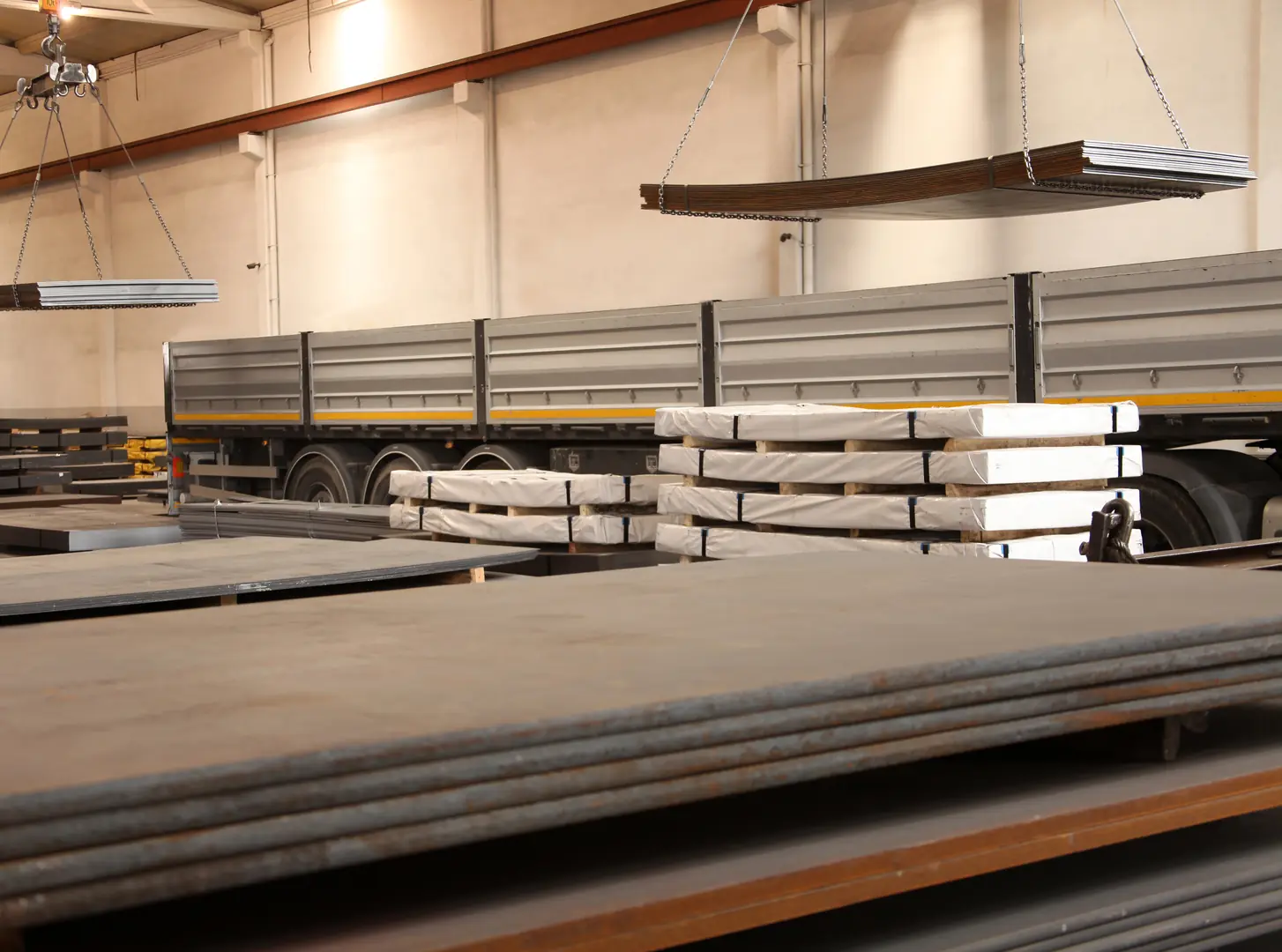
In my experience, misidentifying these two is one of the most common and costly mistakes in our industry. While both are insidious forms of localized corrosion that can lead to failure with very little overall material loss, their origins and appearance are fundamentally different. Understanding this distinction is not just academic; it's critical for effective prevention and remediation. I remember a client in the marine sector who kept treating a crevice corrosion issue as if it were pitting, focusing only on surface coatings when the real problem was the design of their bolted assemblies. It was a frustrating and expensive lesson for them.
Visual and Mechanical Distinctions
Pitting appears as small, isolated cavities or "pits" on a seemingly unaffected surface. These pits can be narrow and deep, burrowing into the metal and undermining its structural strength from within. Crevice corrosion, on the other hand, is found exclusively within tight, shielded spaces. You won't see it on an open surface; you'll find it under bolt heads, beneath gaskets, or in lap joints where two surfaces are in close contact. The damage is often wider and shallower than pitting but can be just as destructive.
Initiation Mechanisms
The core difference lies in how they start. Pitting begins with a local breakdown of the passive film[^1] that protects stainless steel, typically initiated by aggressive ions like chlorides. Crevice corrosion starts due to a difference in the chemical environment inside the crevice versus outside of it.
| Feature | Pitting Corrosion | Crevice Corrosion |
|---|---|---|
| Location | Open, exposed surfaces | Shielded gaps, under gaskets, in joints |
| Primary Cause | Local breakdown of passive film by chlorides | Differential oxygen concentration in a crevice |
| Appearance | Small, deep, narrow cavities or "pits" | Wider, shallower corrosion within a confined area |
| Initiation Site | Chemical or mechanical surface defects | Geometric gaps and tight clearances |
What causes pitting corrosion in stainless steel?
Your pristine steel surface suddenly shows deep holes. You're unsure why this localized attack is happening. It's often due to specific environmental triggers breaking down the steel's protective layer.
Pitting is primarily caused by the breakdown of the passive film on stainless steel, usually due to exposure to chloride ions. These ions are commonly found in saltwater, de-icing salts, and many industrial chemicals.
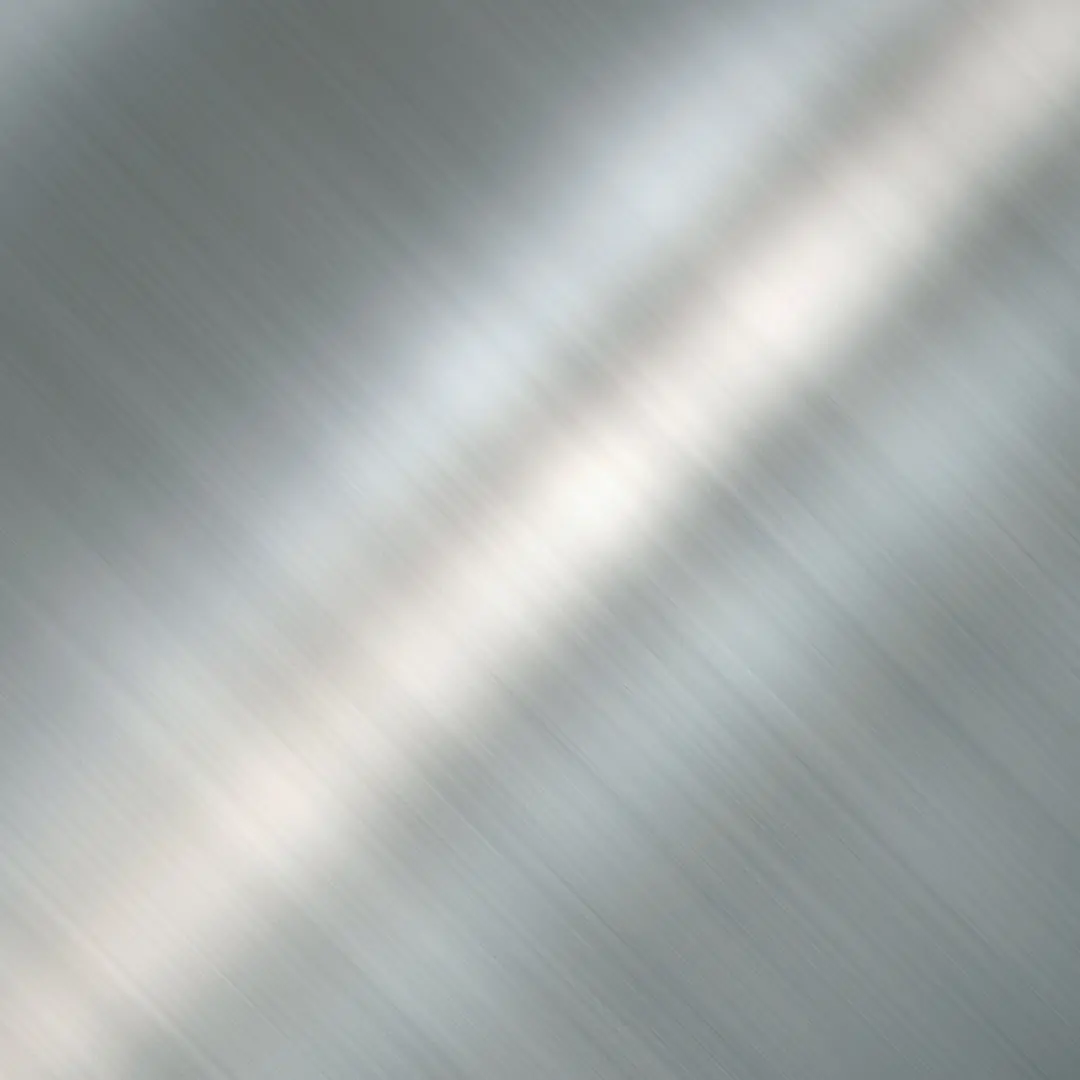
Stainless steel’s "stain-less" quality comes from a very thin, invisible, and self-healing layer of chromium oxide on its surface, known as the passive film. This film is incredibly effective at protecting the underlying steel from general corrosion. However, it’s not invincible. Certain chemical species, most notably chloride ions, are experts at attacking and penetrating this protective layer at specific points. Once the film is breached, an electrochemical cell is created. The small area of the breach becomes an active anode, while the large surrounding passive surface acts as the cathode. This imbalance drives a rapid, localized corrosion process, causing the "pit" to dig deep into the metal. I recall a project for a coastal desalination plant where 304 grade steel, typically a reliable workhorse, failed prematurely due to severe pitting. The high-chloride environment was simply too aggressive.
The Role of Chlorides
Chlorides are the primary culprits behind pitting corrosion. They are small, aggressive, and highly mobile ions that disrupt the chromium oxide layer. The higher the chloride concentration in the environment, the greater the risk of pitting. This is why standard stainless steel grades like 304 can struggle in marine environments or chemical processing plants that use chloride-based compounds.
Environmental Factors
Beyond chlorides, other factors can accelerate pitting.
- High Temperatures: Increased temperatures speed up chemical reactions, including the corrosion process.
- Acidic Conditions: A low pH (acidic) environment can also weaken the passive film, making it more susceptible to chloride attack.
- Stagnant Solutions: Areas where solutions don't flow allow chlorides to concentrate on the surface, increasing the likelihood of an attack.
Understanding these triggers is crucial for selecting the right material for the job from the outset.
How does crevice corrosion occur in stainless steel applications?
Corrosion appears in hidden spots like under bolts. These tight spaces seem protected but are actually vulnerable. This is due to stagnant conditions creating an aggressive micro-environment.
Crevice corrosion initiates in tight gaps where a stagnant solution becomes depleted of oxygen. This creates a differential aeration cell, making the crevice area anodic and causing rapid, localized metal loss.
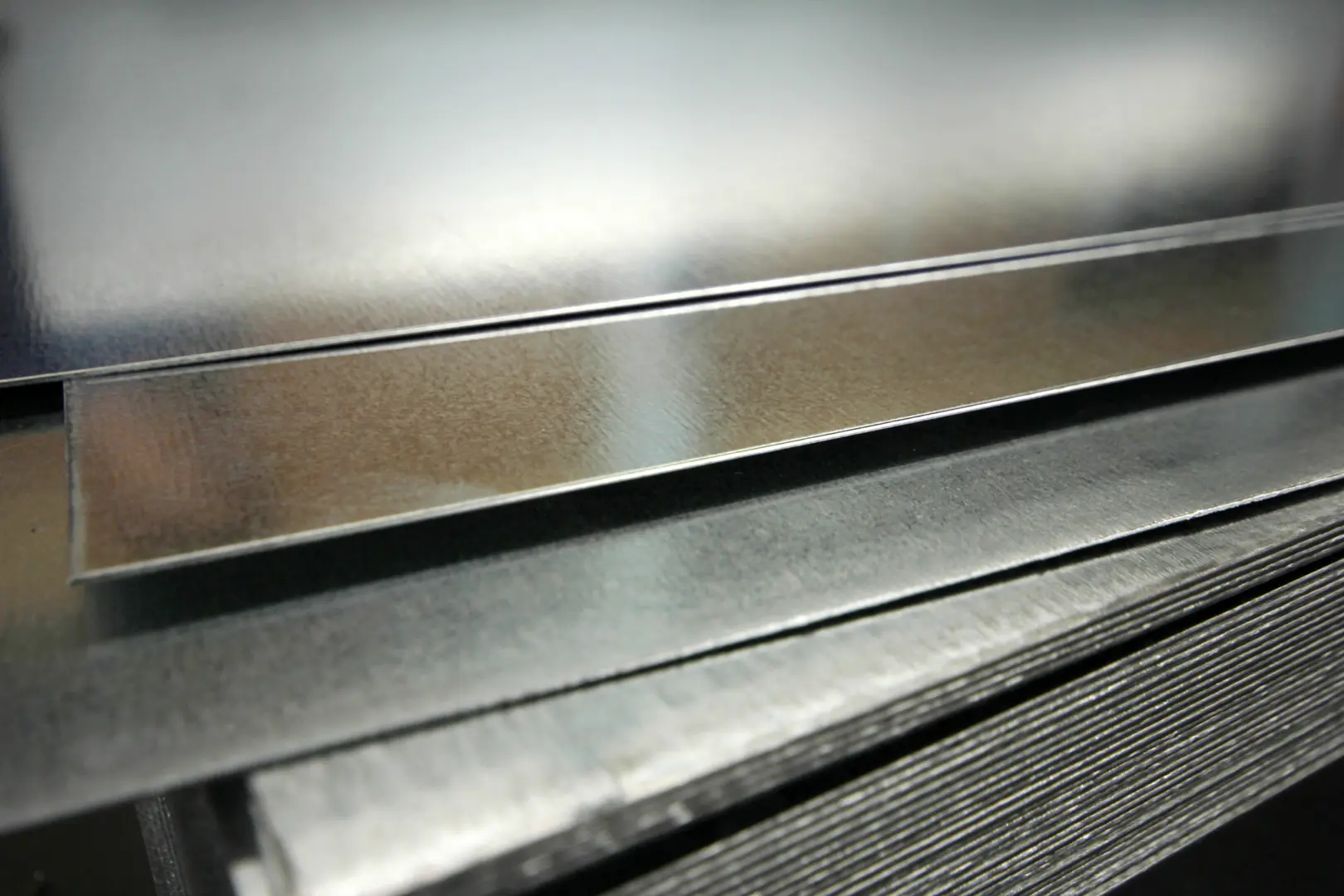
This is a particularly deceptive form of corrosion because it happens out of sight. The problem begins with geometry. Any design that creates a narrow, occluded gap—whether it's between a bolt and a plate, under a gasket, or in a lap joint—is a potential site for crevice corrosion. Initially, the solution inside and outside the crevice is the same. However, the solution inside the tight gap is stagnant. As corrosion begins, the oxygen within the crevice is consumed. Because the gap is so narrow, it's difficult for fresh, oxygen-rich solution from the outside to replenish it. This creates a powerful "differential aeration cell," where the area inside the crevice has low oxygen and the area outside has high oxygen.
The Corrosive Micro-Environment
This lack of oxygen inside the crevice makes it electrochemically anodic relative to the oxygen-rich surface outside. To maintain charge neutrality, negative ions—primarily aggressive chlorides—migrate into the crevice. This influx of chlorides, combined with the hydrolysis of metal ions, causes the pH inside the crevice to drop dramatically, becoming highly acidic. This acidic, high-chloride micro-environment is extremely corrosive and attacks the steel aggressively, while the area outside the crevice remains protected.
Common Locations for Crevice Corrosion
At MFY, we often advise clients to be vigilant about these specific design features:
- Gaskets and Seals: The area directly underneath a gasket is a classic site.
- Bolted Joints: The space under bolt heads and washers is highly susceptible.
- Lap Joints: Overlapped plates that are riveted or bolted instead of being continuously welded.
- Surface Deposits: Even non-metallic deposits can create a crevice-like condition if they adhere tightly to the steel surface.
Preventing crevice corrosion is often more about smart design than just material selection.
What solutions can mitigate pitting corrosion risks in stainless steel?
Pitting threatens your project's longevity. You need reliable ways to prevent it. The solution lies in strategic material selection and proactive surface management from the very start.
Mitigation involves selecting alloys with higher chromium, molybdenum, and nitrogen content (e.g., 316L, duplex grades), maintaining clean surfaces, and using protective coatings to shield the steel from aggressive environments.
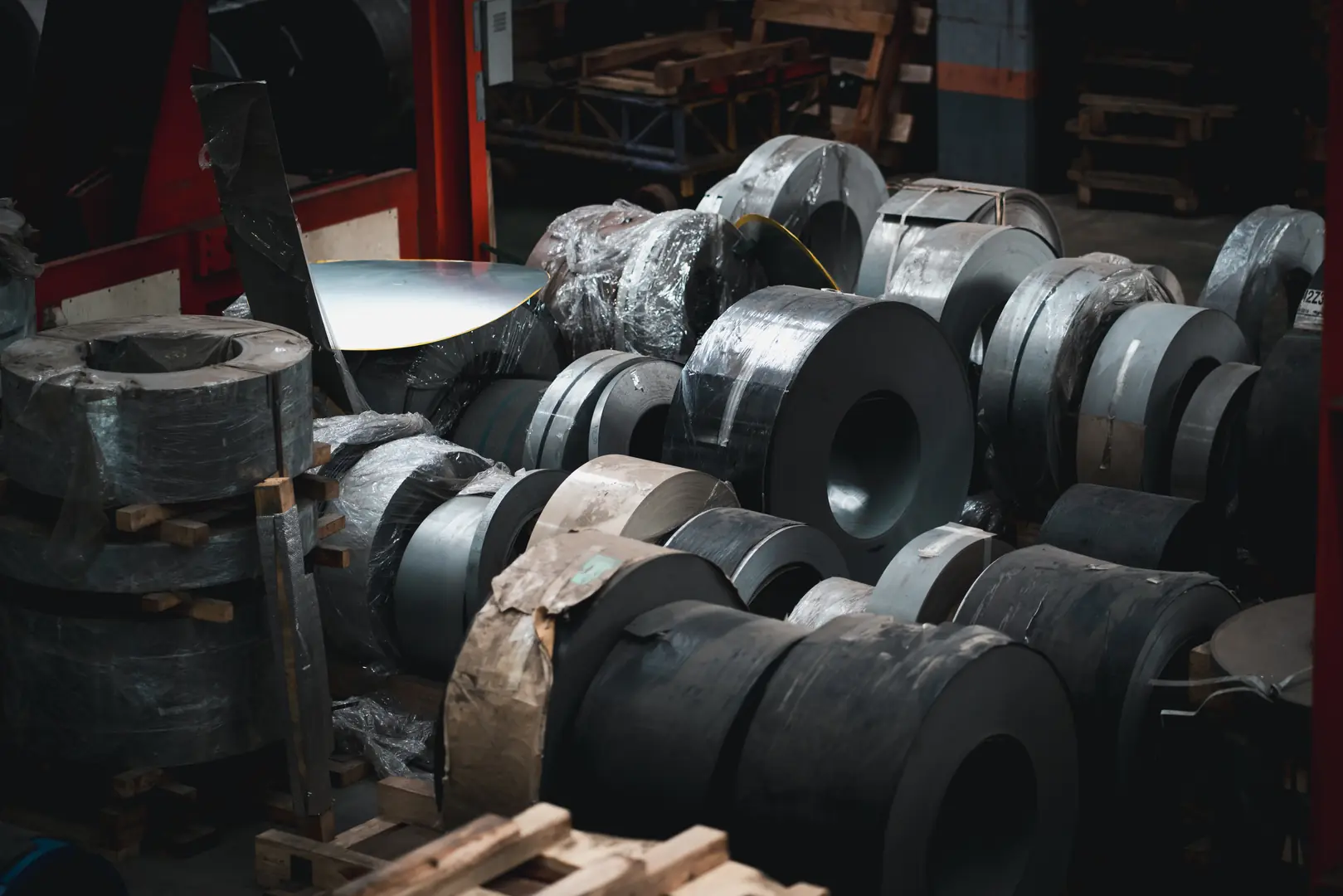
The most effective weapon against pitting corrosion is choosing the right material. This is where our expertise at MFY becomes a critical asset for our clients. The resistance of a stainless steel grade to pitting is quantifiable, often expressed by its Pitting Resistance Equivalent Number (PREN)[^2]. The formula, PREN = %Cr + 3.3 %Mo + 16 %N, shows that chromium, molybdenum, and nitrogen are the key elements in this fight. Molybdenum is particularly effective at stabilizing the passive film against chloride attack. When the client from the desalination plant I mentioned earlier came to us, we analyzed their environmental conditions and guided them toward a higher-molybdenum grade like 316L. For even more aggressive applications, we often recommend duplex stainless steels, which offer a powerful combination of high strength and excellent pitting resistance due to their balanced chemistry.
Advanced Material Selection
Selecting the right alloy is a balance of performance and cost. It's about finding the optimal solution for a specific environment, not just over-specifying the most expensive material.
| Grade | Key Elements | Typical PREN | Best For |
|---|---|---|---|
| 304 | 18% Cr, 8% Ni | ~18-20 | General purpose, mild environments |
| 316L | 17% Cr, 12% Ni, 2.5% Mo | ~24-26 | Marine and chemical environments |
| Duplex 2205 | 22% Cr, 5% Ni, 3% Mo, 0.15% N | ~35-36 | High-chloride, high-stress applications |
Surface Treatment and Maintenance
Beyond material choice, how you treat the surface matters. A smooth, clean, and polished surface is inherently more resistant to pitting than a rough or contaminated one. Post-fabrication processes like passivation—a chemical treatment that thickens the passive film—can significantly enhance resistance. Regular cleaning to remove chloride deposits and other contaminants is also a simple but highly effective maintenance strategy.
What best practices help prevent crevice corrosion in stainless steel environments?
Hidden corrosion undermines structural integrity. You need to design out these risks. Proactive design and assembly practices are your best defense against crevice corrosion.
Best practices include designing to eliminate tight gaps, using solid welds instead of bolted joints, applying flexible sealants, and ensuring proper drainage to prevent stagnant solution buildup in crevices.
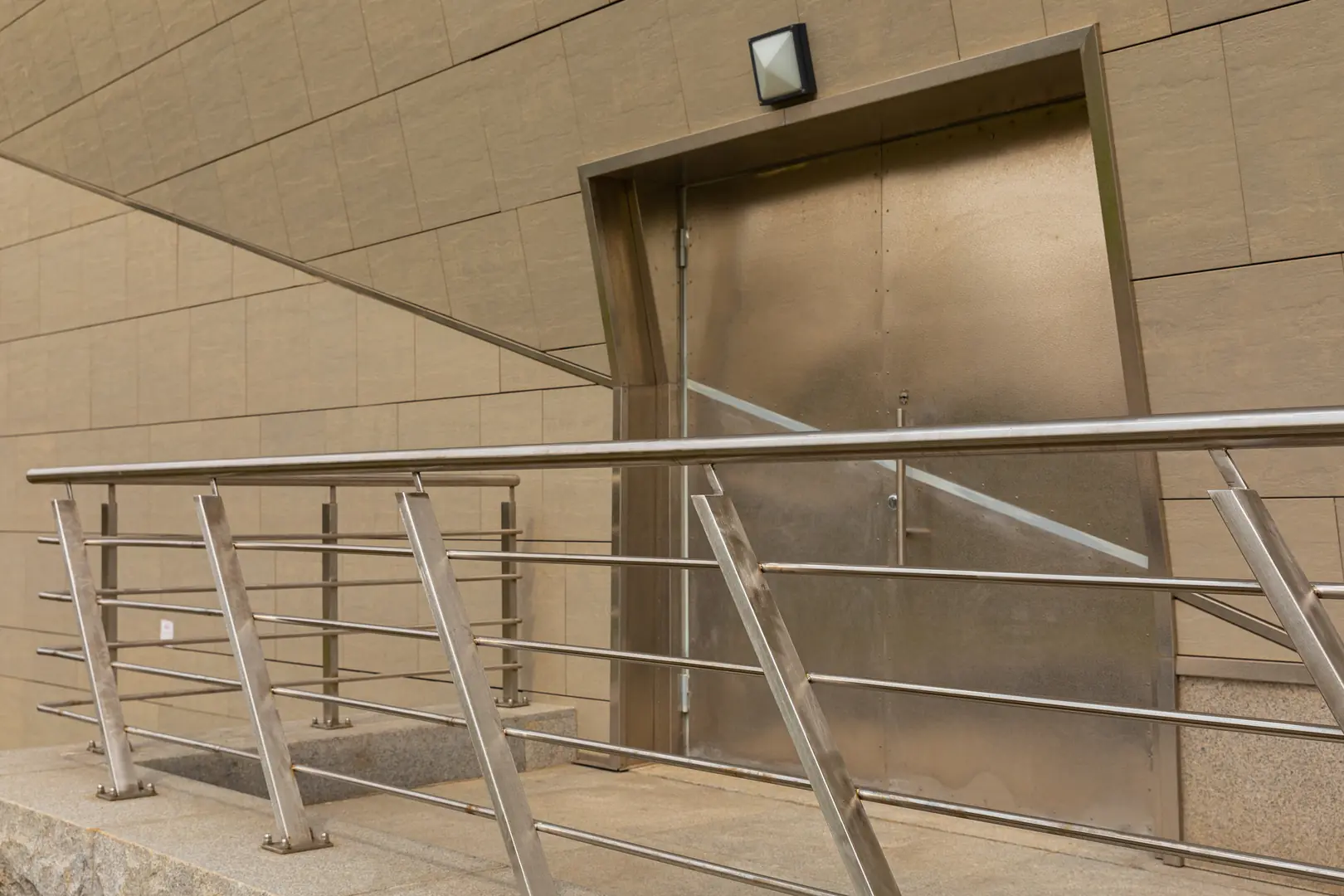
Unlike pitting, where material chemistry is the primary defense, preventing crevice corrosion is heavily reliant on smart design and fabrication. The goal is simple: eliminate the crevice. If there is no tight gap for a stagnant micro-environment to form, crevice corrosion cannot initiate. This is a principle we champion at MFY, advising our partners to think about corrosion resistance from the blueprint stage. I worked with a food processing client who was experiencing persistent crevice corrosion under the support legs of their equipment. We helped them shift their design from bolted-down plates to fully welded and sealed connections. This completely eliminated the crevices and solved the problem for good, protecting product safety and reducing maintenance downtime.
Design for Prevention
The most powerful tool is design.
- Use Welded Butt Joints: Instead of bolted lap joints, use continuous, smooth butt welds. This creates a seamless surface with no gaps.
- Eliminate Sharp Corners: Design with smooth contours and generous radii to promote drainage and prevent solution stagnation.
- Use Non-absorbent Gaskets: When gaskets are unavoidable, use solid, non-absorbent types like PTFE that seal tightly and minimize voids.
Proactive Assembly and Maintenance
Even with a good design, assembly and maintenance are crucial.
- Apply Sealants: For unavoidable mechanical joints, use a flexible, non-hardening sealant to fill the gap and block out the corrosive environment.
- Ensure Proper Drainage: Design equipment and structures to be self-draining, preventing water and chemicals from pooling.
- Regular Cleaning: Just as with pitting, regular cleaning is vital. Removing deposits that could form an artificial crevice is a key part of any maintenance program. By combining intelligent design with the right material, you create a multi-layered defense that ensures the long-term performance and safety of your assets.
Conclusion
Differentiating pitting and crevice corrosion is vital. The right material choice, especially alloys with high molybdenum content, defeats pitting. Proactive design that eliminates tight gaps is the key to preventing crevice corrosion. These strategies ensure the long-term reliability and value of your stainless steel assets.
Have Questions or Need More Information?
Get in touch with us for personalized assistance and expert advice.
